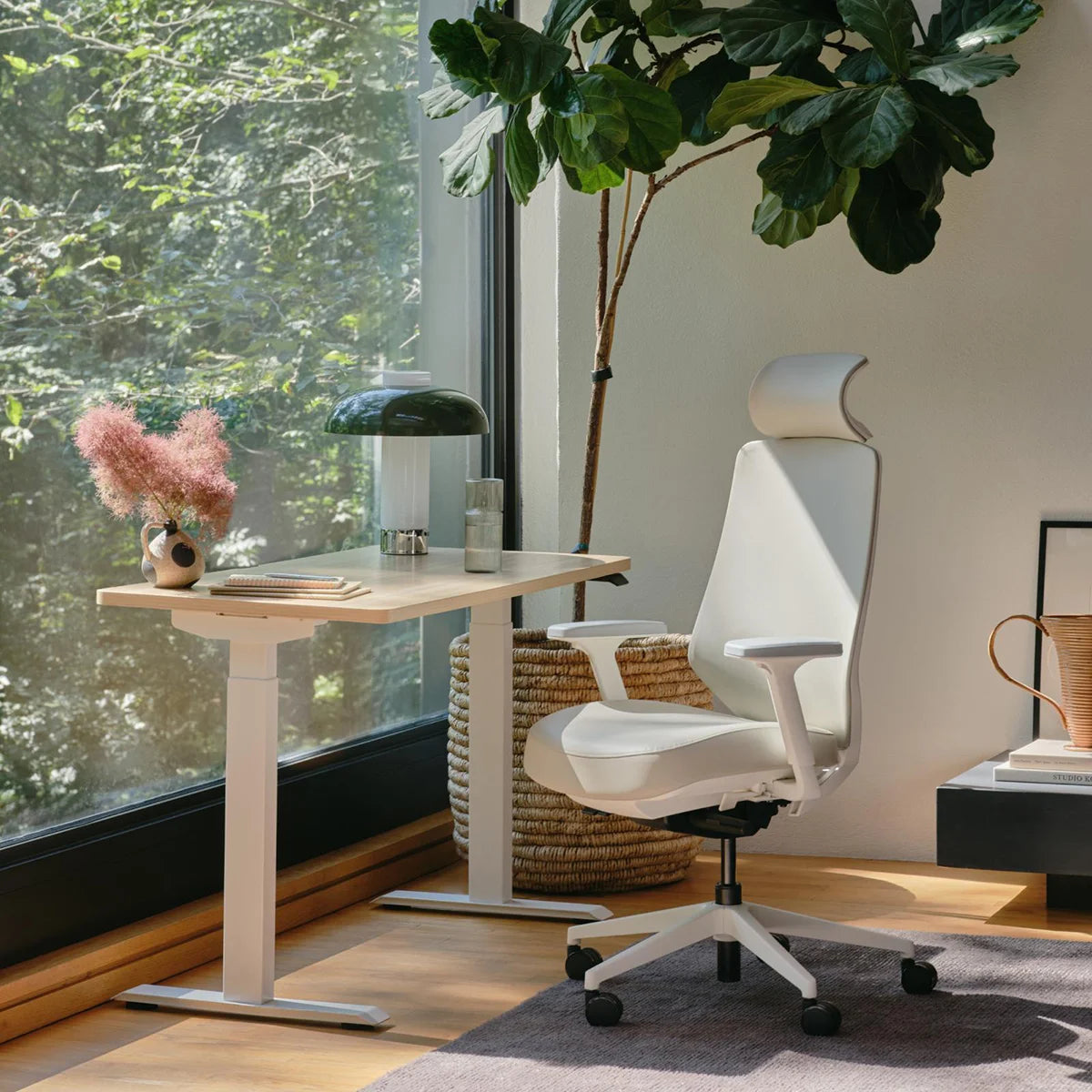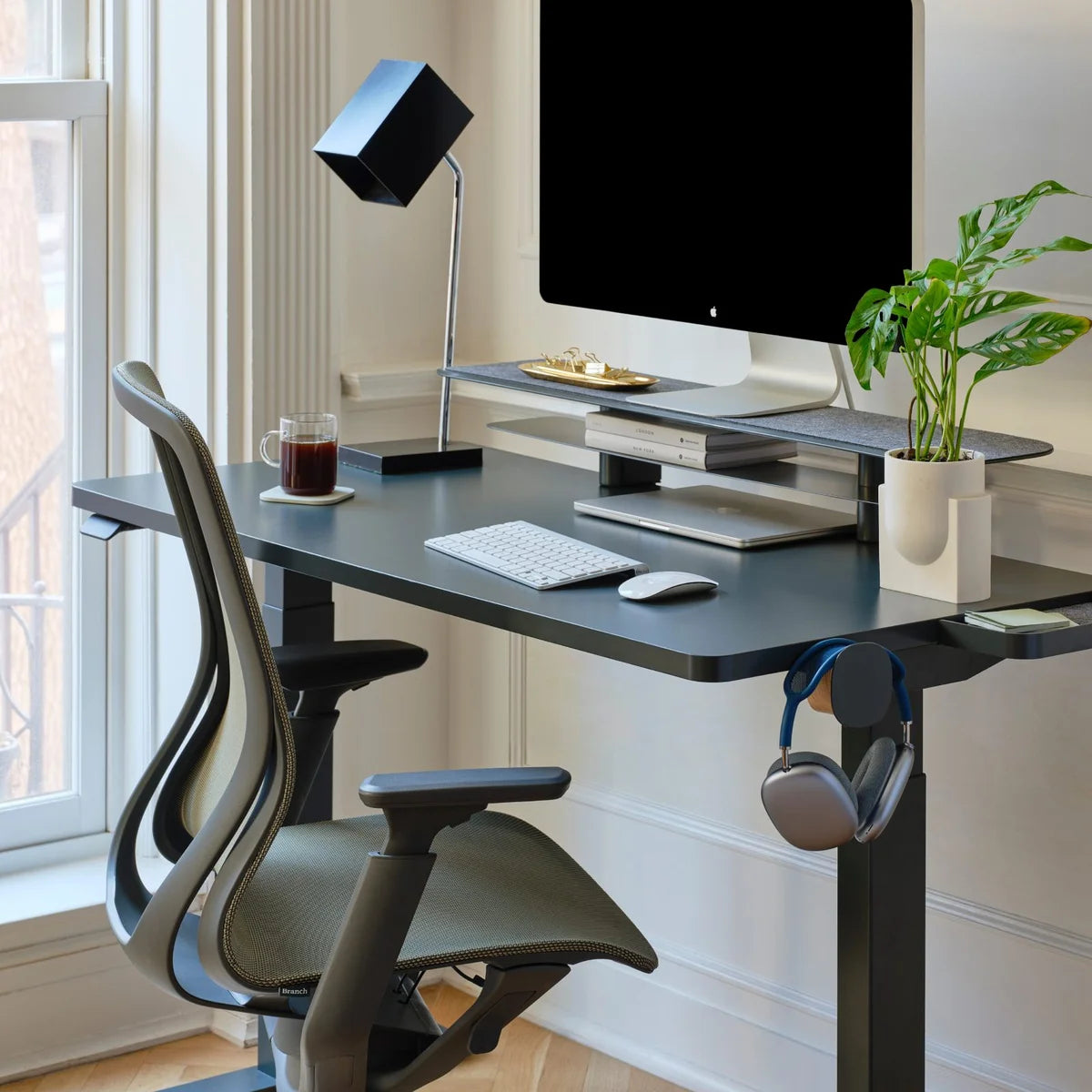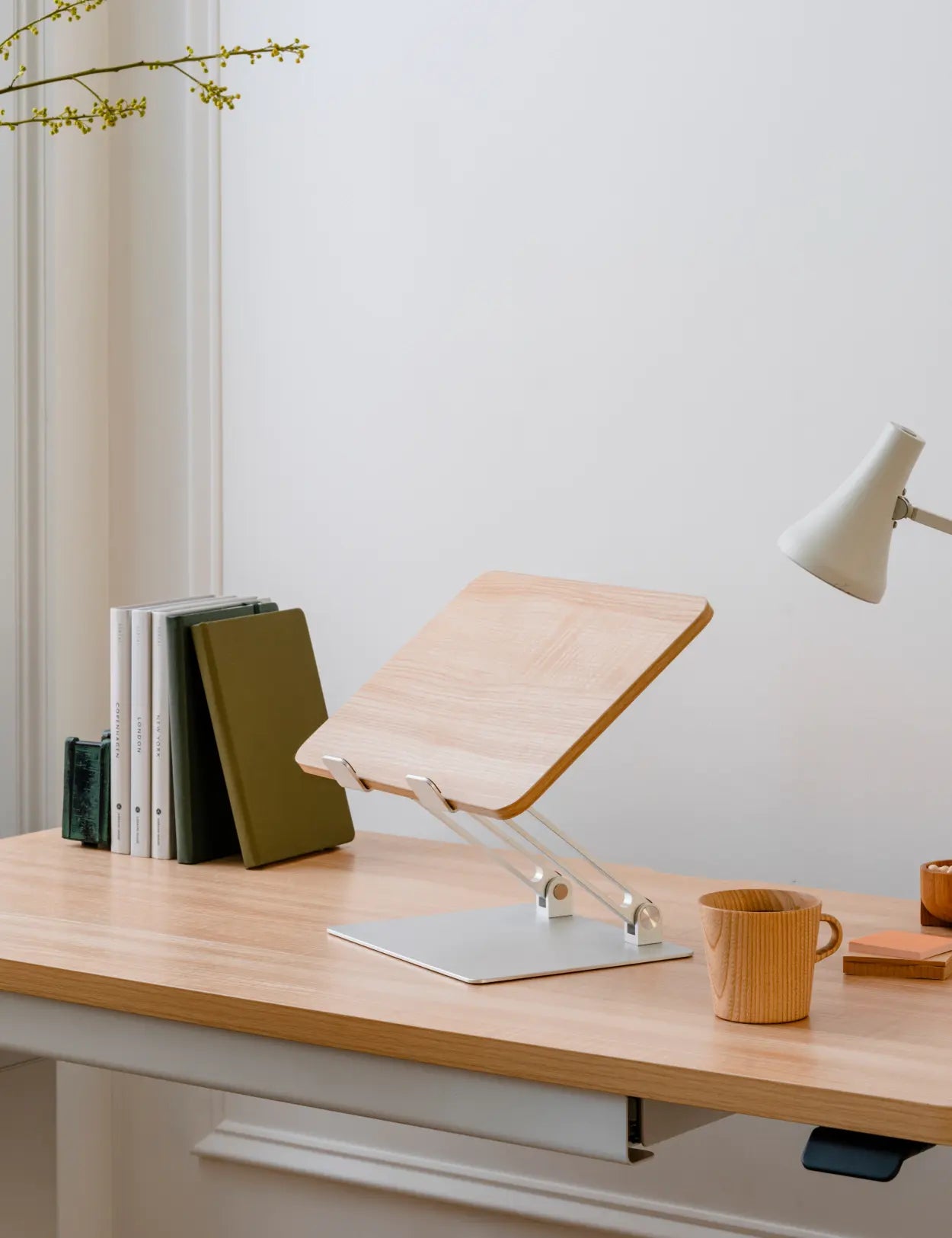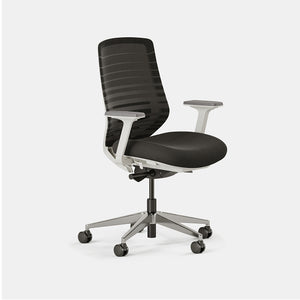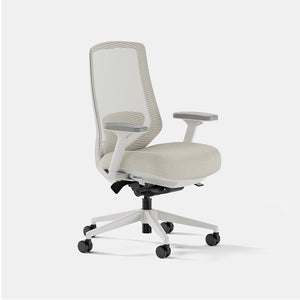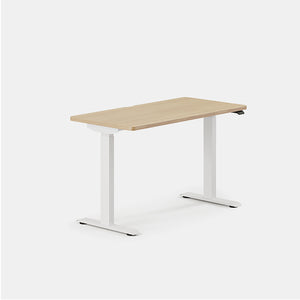If you’ve ever found yourself sitting crisscross at your desk, you’re not alone. Many of us slip into this position instinctively, whether it’s for comfort during long work hours or simply because it feels natural.
And with the rise in popularity of office chairs that allow for this sitting position, it’s no wonder more and more people are crossing their legs. But what if the very position you find so comfortable is actually impacting your posture, circulation, and overall well-being more than you realize?
While sitting cross-legged might seem harmless in the moment, experts suggest that it could have long-term effects that we tend to overlook. The truth is that our bodies were never designed to stay in one sitting position for extended periods, and leg-crossing may cause subtle imbalances that can lead to discomfort or pain over time.
In this article, we’ll dive deeper into the effects of sitting cross-legged, why developing better sitting habits is key to your overall comfort, and how ergonomic furniture can support your body throughout the workday.





